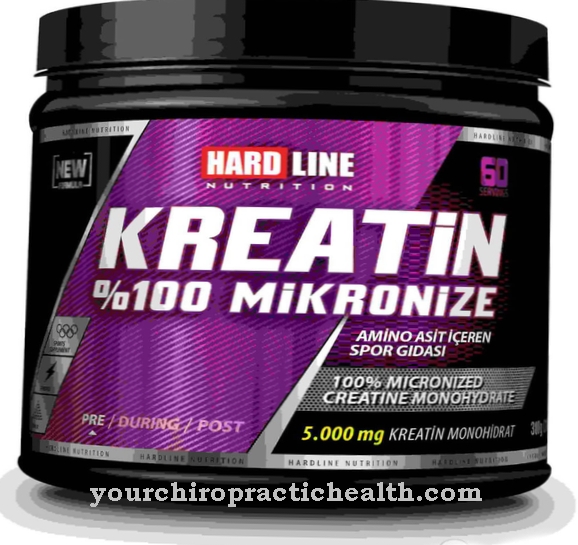Every year, thousands of holidaymakers are drawn to the mountains or on hiking trails across Europe to experience nature on foot in an original way.Every hiker is familiar with the blisters that occur when too much pressure is applied to an area of skin. But what is the best way to prevent blisters on your feet? We have the seven best tips against blisters on your feet summarized below.
Small blisters, great pain
Blisters are caused by friction or pressure on the skin. First, the affected area turns red, then the top layer of skin loosens and the cavity fills with tissue water. Since the nerve endings located there are exposed to constant irritation due to the injury to the skin, stabbing, excruciating pain occurs. There are simple Tips to treat blisters on your feet.
Seven tips on how to prevent blisters
- Comfortable shoes
The easiest and best tip against blisters must be taken into account when buying shoes. In particular, fashionable, open shoes that are worn without socks rub heavily on the skin. Therefore, choose shoes that are tightly closed.
If the foot fluctuates between two sizes, it is always better to choose the larger pair. By the way, shoes should always be bought in the evening. Then the feet have reached their maximum expansion and it is certain that the shoes will fit at any time of the day.
- Break in new shoes
Shoes fresh from the store are still hard and inflexible. In particular, hiking boots made of sturdy leather can chafe uncomfortably at seams. Shoes must therefore be worn in at home three weeks before the planned hike. Spending half an hour a day in the new shoes makes the leather more supple and ready for the long hike. Rubbing the shoe leather with vinegar can also help.
- Special socks for increased protection
In shops for outdoor needs, in some places also in normal shoe stores, socks with reinforced heel and toe areas are offered. These two places on the foot are exposed to the greatest friction from footwear. This is why special socks in these areas are equipped with an extra thick layer of fabric for particularly good padding. Other special socks support the balls of the feet. Good special socks also have a moisture-regulating effect. Dry feet are much less prone to blisters, so special socks offer active and passive protection at the same time.
- Protect sensitive areas
The heels, the tops of the toes and the balls of the feet are particularly sensitive to pressure. Here the protective skin is thinnest and the friction of the footwear is highest. The areas mentioned should therefore be particularly well protected before a hike, the easiest way to do this by using plasters preventively. These build up a second protective layer between foot and shoe and prevent direct friction on the skin.
- Preventive: Bring blister plasters in your luggage
As a preventive measure, blister plasters are always part of good hiking equipment. If a blister occurs on the foot while en route, it can be treated immediately with a blister plaster. These plasters are equipped with soothing substances and offer the irritated areas of skin effective protection against the effects of pressure. Blister plasters are available for all areas of the foot, it is advisable to have a complete package with you for all eventualities.
- Skin care and walking barefoot
In winter, many people tend to neglect their feet. In the spring, cracked, sensitive and fragile feet appear. Foot care is therefore a must even outside of the hiking season. Pumice stones and special foot lotions help against cracked, horny feet. Creams with urea are also effective.
These keep moisture in the skin and keep the feet elastic and supple. A good preparation for long hiking tours is frequent barefoot running. On the one hand, it strengthens the foot muscles and, on the other hand, it creates a thicker corneal layer, which makes the soles of the feet more resistant to pressure. This natural callus does not have to look neglected as long as it is cared for regularly.
- Chamomile foot bath
Chamomile has an antibacterial, soothing effect on the skin. Foot baths mixed with chamomile can have a preventive effect as well as a quick healing of blisters that have already appeared on the feet. For an effective foot bath, a temperature of 25 ° to 30 ° Celsius should be selected and the feet should remain in the water for at least 15 minutes. Ideally, natural chamomile blossom is used as an additive, but ready-made preparations for foot baths are also available.
When can you pierce blisters?
A bladder is created as a protective function of the body. It covers damaged areas of the skin and thus prevents further damage to the tissue. Therefore, as a rule, blisters should not be pierced, but only covered with plasters. Only superficial, highly tensioned bubbles may be opened with a sterile needle.
If a hygienically perfect needle is not available on the go, a sewing needle disinfected with alcohol can also be used. The center of the bladder is always pierced so that the fluid can drain out. When the bladder is empty, the skin is covered with a plaster. Under no circumstances should the skin be cut off over the irritated skin layer. This can cause serious infections.
Consult a doctor if there are large blisters
A doctor should be consulted if there are large blisters that can develop after long walks. Deep layers of the skin can be injured here and there is a risk of infection. In this case, self-treatment with plasters is no longer possible. A doctor should also be consulted if the liquid smells unpleasant or purulent after piercing a blister. Even diabetics should always consult a doctor if they have blisters on their feet.

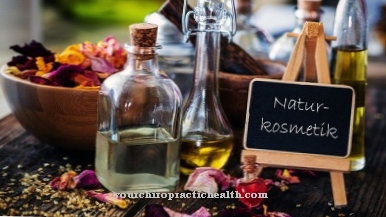

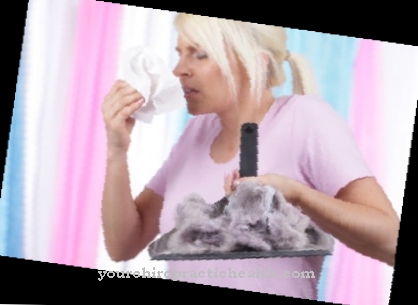
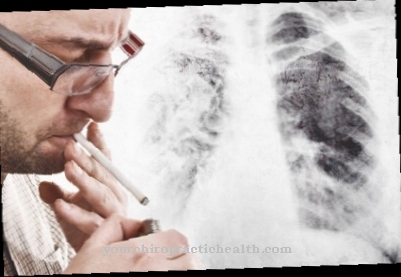




.jpg)





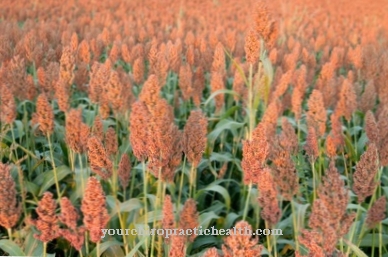




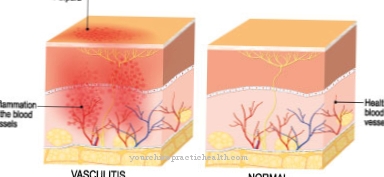

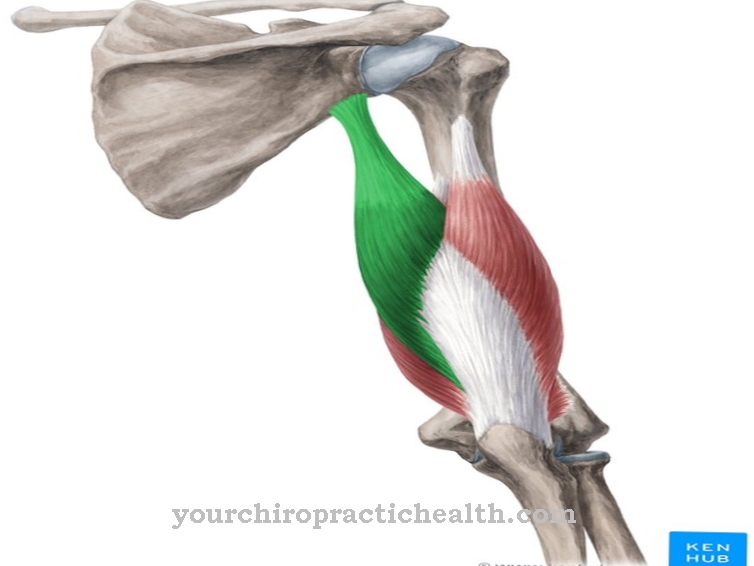
.jpg)



.jpg)
